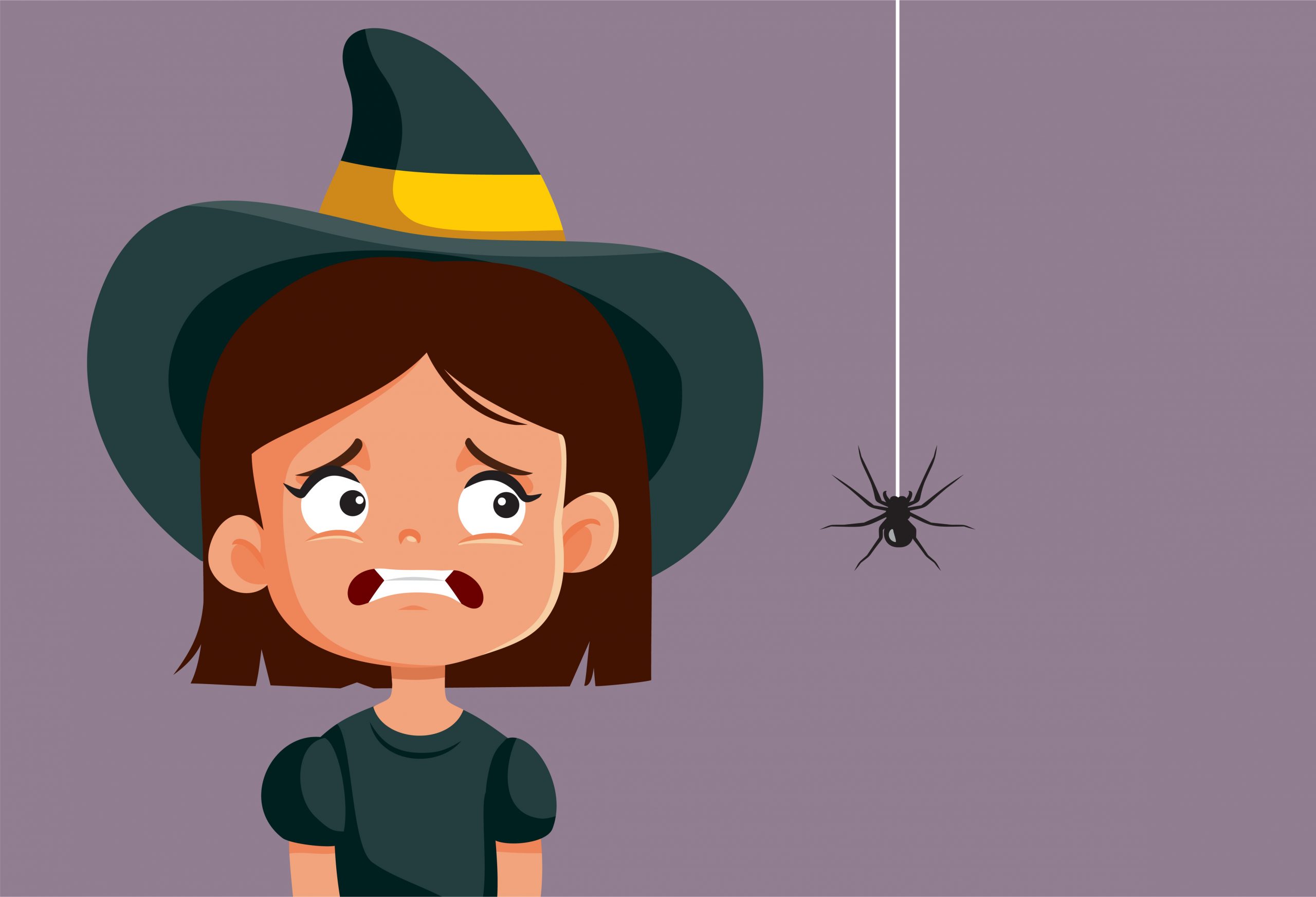
31 Oct Understanding the Complexities of Phobias in Children: Exploring Contributing Variables
Phobias in children, characterized by intense and irrational fears of specific objects or situations, impact the success of youth in schools and community settings. The development of phobias is a complex interplay of genetic and environmental factors, making it essential for mental health professionals and school administrators to help mitigate the negative consequences for young people experiencing debilitating symptoms of phobia to promote success.
The Nature of Childhood Phobias
Phobias in children are anxiety disorders marked by an overwhelming and persistent fear of a particular object or situation. According to the Diagnostic and Statistical Manual of Mental Disorders, Fifth Edition (DSM-5), this fear must endure for at least six months, significantly disrupting a child’s everyday activities. A 2011 study in the African Journal of Psychiatry found that at 12.7% prevalence, social phobia was the most common phobia. Other common specific phobias that impact young children include fear of animals, darkness, or medical phobias, such as illness, medical procedures, or needles. Recognizing and categorizing these phobia subtypes is essential for accurate assessment and appropriate treatment planning, as it aids mental health professionals in tailoring interventions to address the specific needs of affected children.
Research in the Journal of Anxiety Disorders (2003) found that about 49% of youth who met the criteria for an anxiety disorder reported leaving school prematurely. Of those students, 24% indicated that anxiety was the primary reason for this decision. Additional research suggests that social phobia harms educational achievement by increasing school avoidance, academic difficulties, increased substance use, and adversely impacts social interactions.
Genetic and Environmental Influences
The cause of a phobia is often rooted in genetic predisposition and environmental experiences. While genetic factors can make some children more susceptible to anxiety disorders, environmental triggers play a pivotal role in actualizing these fears. A child may develop a phobia if they have a distressing first encounter with an object or situation. However, additional research is needed into the extent to which such initial exposure leads to a full-blown phobia. Research does offer behavioral health professionals some insight into the impact of internal and external variables on the development of phobias.
Numerous studies offer insight into the relationship between genetic factors contributing to the risk of developing a fear or a phobia. One study in the Journal of Child Psychology and Psychiatry (2000) indicated that environmental and heritable factors influence fearfulness and phobias in children. Research on twins offers further insight into the role of genetics in the development of anxiety and phobias.
Variables Contributing to Childhood Phobias
Behavioral Inhibitions
Children who exhibit shyness or a tendency to withdraw from unfamiliar situations or people may be at a higher risk of developing phobias. These behavioral inhibitions often manifest as extreme discomfort or avoidance when encountering novel experiences. Research in the Journal of the American Academy of Child and Adolescent Psychiatry (2012) highlights the impact of a behavioral inhibition temperament. Heightened emotional reactions to new situations and stressors cause children with this temperament to withdraw from unfamiliar social situations. They are significantly more likely to develop anxiety disorders than children with other temperaments. The research highlights that proper clinical interventions can disrupt this pattern of inhibition and the development of anxiety or phobia. Early identification of such tendencies can be instrumental in preventing the progression of these behaviors into full-fledged phobias.
Adverse or Traumatic Life Events
Exposure to adverse or traumatic life events during early childhood can significantly contribute to the development of phobias. These events can range from accidents and injuries to witnessing distressing incidents. These experiences may leave a lasting imprint on a child’s psyche, leading to irrational fears that manifest as phobias later in life. One common specific phobia for children to develop is a medical phobia. Research in the International Journal of Environmental Research and Public Health (2023) found a positive correlation between a medical phobia and a traumatic medical event, such as surgery or hospitalization in children.
Childhood phobias are complex conditions with both genetic and environmental determinants. Understanding the variables contributing to the development of phobias, including behavioral inhibitions, traumatic life events, family mental health history, and physical health conditions, is essential for effective intervention and support for affected children. Early recognition and intervention can help children overcome their fears, fostering healthier and more fulfilling lives.




